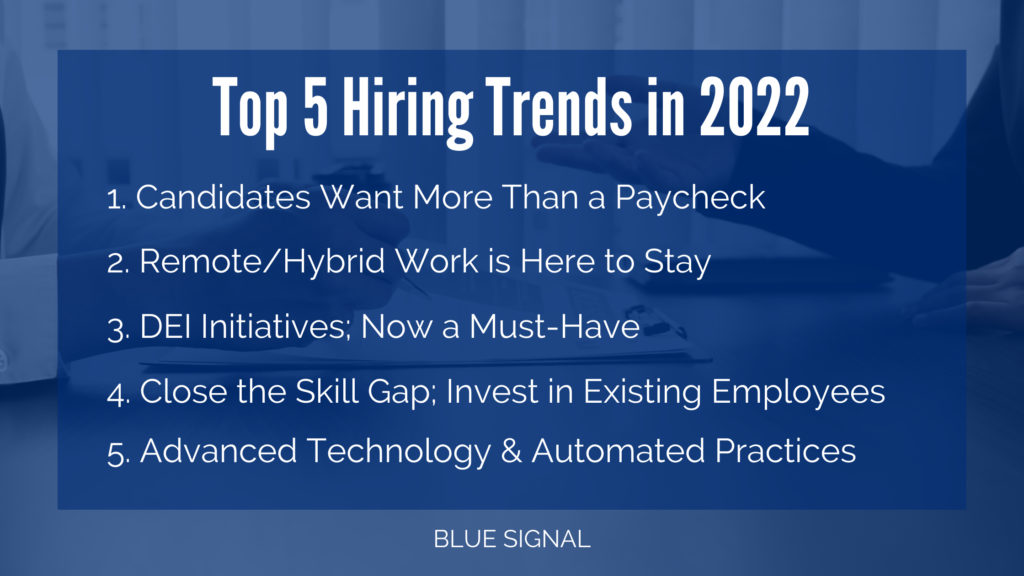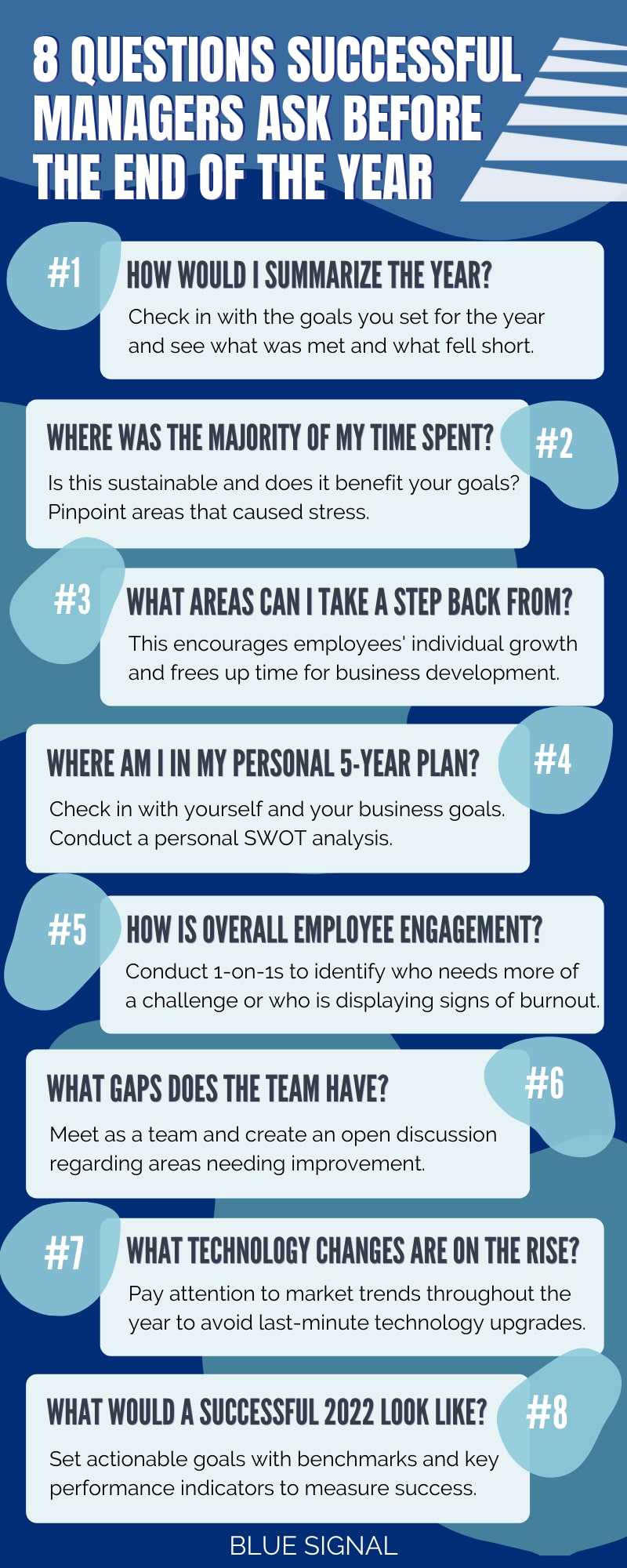The technological landscape is evolving rapidly, with data center companies at the heart of this transformation. These entities are not just supporting the current demands for enterprise AI solutions, virtual/augmented reality, and big data analytics; they are shaping the future of how we work and live. But as we look towards 2030, how will these companies continue to drive growth and innovation?
The Growth of the Data Center Workforce
According to a recent report by the Uptime Institute, the global data center workforce is expected to surge from approximately 2.3 million individuals in 2025 to over 3.1 million by 2030. This represents a compound annual growth rate (CAGR) of 5.6%, equating to over 800,000+ new jobs. This prompts a critical question: how will data center companies cultivate the necessary talent to sustain this growth? Keep reading to learn a few suggestions from the perspective of a recruiter.
Investing in the Future Workforce

Educational Programs and Partnerships
Moreover, data center companies are increasingly investing in training and educational programs at both secondary and higher education levels. For instance, BCS Data Center Operations has shared valuable strategies for cultivating talent in the face of a growing skills gap. They focus on diversity and inclusion, targeting partnerships with educational institutions, and on-the-job training programs to build a robust workforce. Their efforts exemplify how the industry can proactively develop a pipeline of skilled professionals ready to support the data center ecosystem now and into the future.
Career Opportunities Beyond College Degrees
Similarly, the demand for data center and fiber infrastructure is creating numerous blue-collar, field job opportunities that do not require a college degree. By targeting high school and trade school graduates for training programs, data center companies can build a skilled workforce ready to tackle the industry's challenges.
Innovative Hiring Strategies

Embracing Diverse Backgrounds
It's essential for hiring managers within data center companies to think outside the box. Great people are everywhere, across every industry. Yet, hiring managers often find themselves in a rut, narrowly defining who 'could' thrive in the data center world. Hard skills? They're vital, no question there. But let's pause and consider something—perhaps the key to your team's growth over the next five years is to cast a wider net. Could it be time to entertain the idea of welcoming talent from outside the traditional pool? This recruiter's stance is a resounding yes!
The Human Element in Data Center Growth
Every day, we recruiters encounter talented individuals who are hungry for change. They feel stuck, crave challenges, or are in pursuit of a purpose their current roles fail to provide. Enter the dynamic world of data center companies—bursting with growth and opportunities. The leap into this fast-growing industry is exhilarating and fulfilling. Helping these individuals land transformative roles with our clients is incredibly rewarding for us.
Continuous Networking and Industry Engagement

Why Is It Important to Stay Connected?
For professionals within data center companies, it's vital to never stop networking. Industry events offer unparalleled opportunities to connect with colleagues, discover new technologies, and stay informed about the industry's dynamic nature.
How to Stay Informed Through Social Media
Additionally, professionals should utilize platforms like LinkedIn to follow organizations such as Data Center Frontier and Data Center Dynamics. Keeping abreast of the latest data center news, including company acquisitions and job openings, is crucial for anyone looking to advance their career in this field. This stream of industry news not only informs but also empowers you to spot emerging trends, connect with key industry players, and seize opportunities as they arise.
For talent, it’s about finding a place where your skills can shine. For hiring managers, it’s about discovering those who not only have the right skills but also bring fresh ideas to the table. Staying updated is more than professional development—it's a strategic edge in the ever-evolving landscape of data center companies.
Why Should Data Center Companies Partner with a Recruiter?
Building a relationship with at least one third-party recruiter who specializes in the data center sector can be invaluable. They can assist in finding the right talent or helping you land your dream job at one of the leading data center companies. At Blue Signal, our recruiters have a track record of success, pairing data center companies with candidates who not only meet the technical requirements but also fit the company culture and vision. Our deep understanding of the data center market and extensive network positions us to offer unparalleled guidance and insight, making the recruitment process seamless and strategic.
Meet Bo Scott, The Recruiter for Data Center Companies
A dedicated champion for advancement within the data center sector, Bo Scott brings a wealth of knowledge and a keen eye for talent to every partnership. Excelling in the art of the perfect match, he specializes in business/data analytics recruiting, IT recruiting, engineering recruiting, among other areas. Job seekers and companies alike benefit from Bo's expertise, which clears the path to success. Connect with Bo today and discover the difference his relatable approach can make to your journey.
Conclusion: The Certainty of Growth in Data Center Companies
The anticipated growth in the data center sector is not just promising; it's a certainty. For us at Blue Signal, it's exhilarating to be a part of this thriving ecosystem! As we look towards 2030, the role of data center companies in driving technological advancement and employment is more significant than ever. Stay tuned for more insights into this rapidly expanding industry.
Partner with us for your next hire.
Set up a free consultation with a recruiting manager. Tell us about your hiring need.
By submitting this form, you consent to receive communications from Blue Signal, including phone calls, emails, and text messages.



